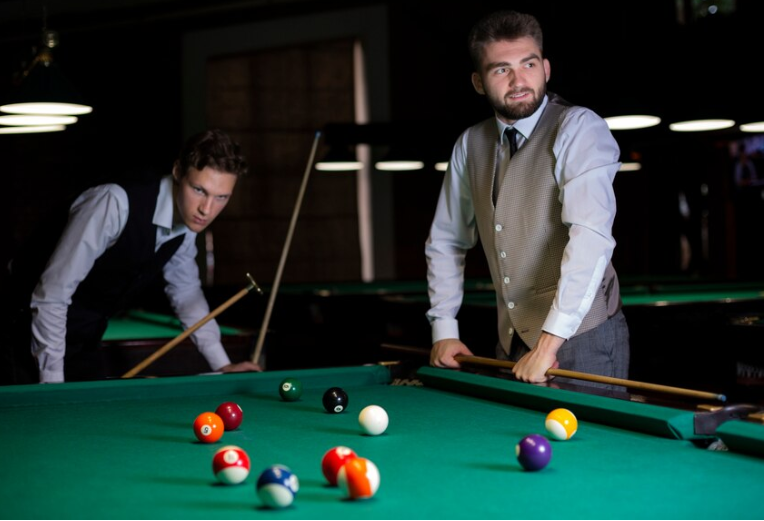A pool table can be a fantastic addition to your home, offering entertainment and enhancing your space’s aesthetic appeal. However, choosing the right one requires careful consideration of various factors, from size and style to materials and functionality. This guide will help you understand the essentials of selecting the best pool table for your home.
Consider Your Space Before Purchasing
Measure Your Room Dimensions
Before buying a pool table, assess the available space. Pool tables come in various sizes, typically ranging from 7 to 9 feet in length. Adequate clearance is necessary to ensure comfortable gameplay without bumping into walls or furniture. A general rule of thumb is to allow at least 4.5 feet of space around the table for cueing.
Account for Additional Accessories
Pool tables are more than just the table itself. Accessories such as cue sticks, racks, and seating also take up room. Make sure your space accommodates these extras while maintaining an enjoyable and functional environment.

Choose the Right Size
Standard Sizes Explained
Pool tables come in different sizes to suit various playing preferences and room sizes. Common options include:
- 7-foot tables: Ideal for casual players or smaller spaces.
- 8-foot tables: The most popular choice for home use.
- 9-foot tables: Suitable for experienced players and larger spaces.
Match the Size to Your Skill Level
If you’re a beginner, starting with a smaller table might be a wise choice. Advanced players often prefer larger tables for a more challenging experience.
Material Matters
Table Frame and Legs
The durability of a pool table largely depends on the materials used for its frame and legs. Solid hardwood, such as oak or maple, offers excellent strength and longevity. Avoid tables made of particleboard or other low-quality materials that may warp over time.
Slate Bed vs. Non-Slate Bed
One of the most critical components of a pool table is the playing surface.
- Slate beds: Considered the gold standard, they offer a smooth and even playing experience. These are typically more expensive but highly durable.
- Non-slate beds: A budget-friendly alternative, though they lack the precision and longevity of slate tables.
Cloth and Cushion Quality
Types of Cloth
The pool table cloth, often referred to as felt, impacts both performance and aesthetics. Look for:
- Woolen cloth: Commonly used for home tables; provides slower ball movement.
- Worsted cloth: Preferred for professional play; offers faster and more precise ball rolls.
Cushion Material
Cushions, or rails, are responsible for rebound accuracy. High-quality cushions made of natural gum rubber provide better performance and last longer than synthetic materials.
Maintenance and Care
Regular Cleaning
To keep your pool table in top condition, clean the cloth surface regularly with a specialized brush. Avoid spilling liquids and remove dust from the rails and pockets.
Leveling the Table
Uneven surfaces can disrupt gameplay. Periodically check and adjust the table’s level to maintain optimal performance.
Conclusion
Selecting the best pool table for your home involves balancing factors like size, materials, style, and budget. By understanding your space requirements and prioritizing quality, you can make a choice that brings lasting enjoyment and enhances your living space. Whether for casual play or serious practice, the right pool table will be a centerpiece of fun and relaxation for years to come.





